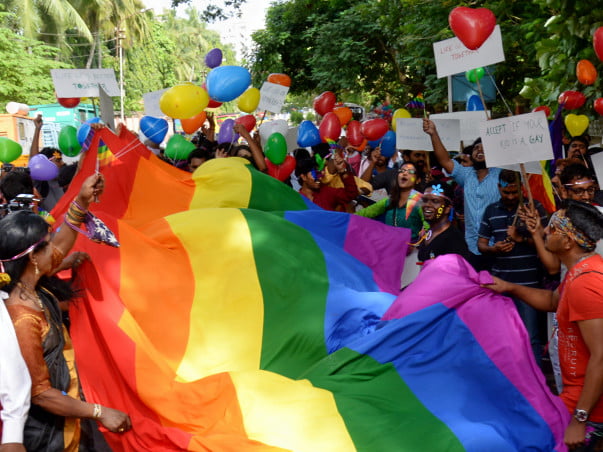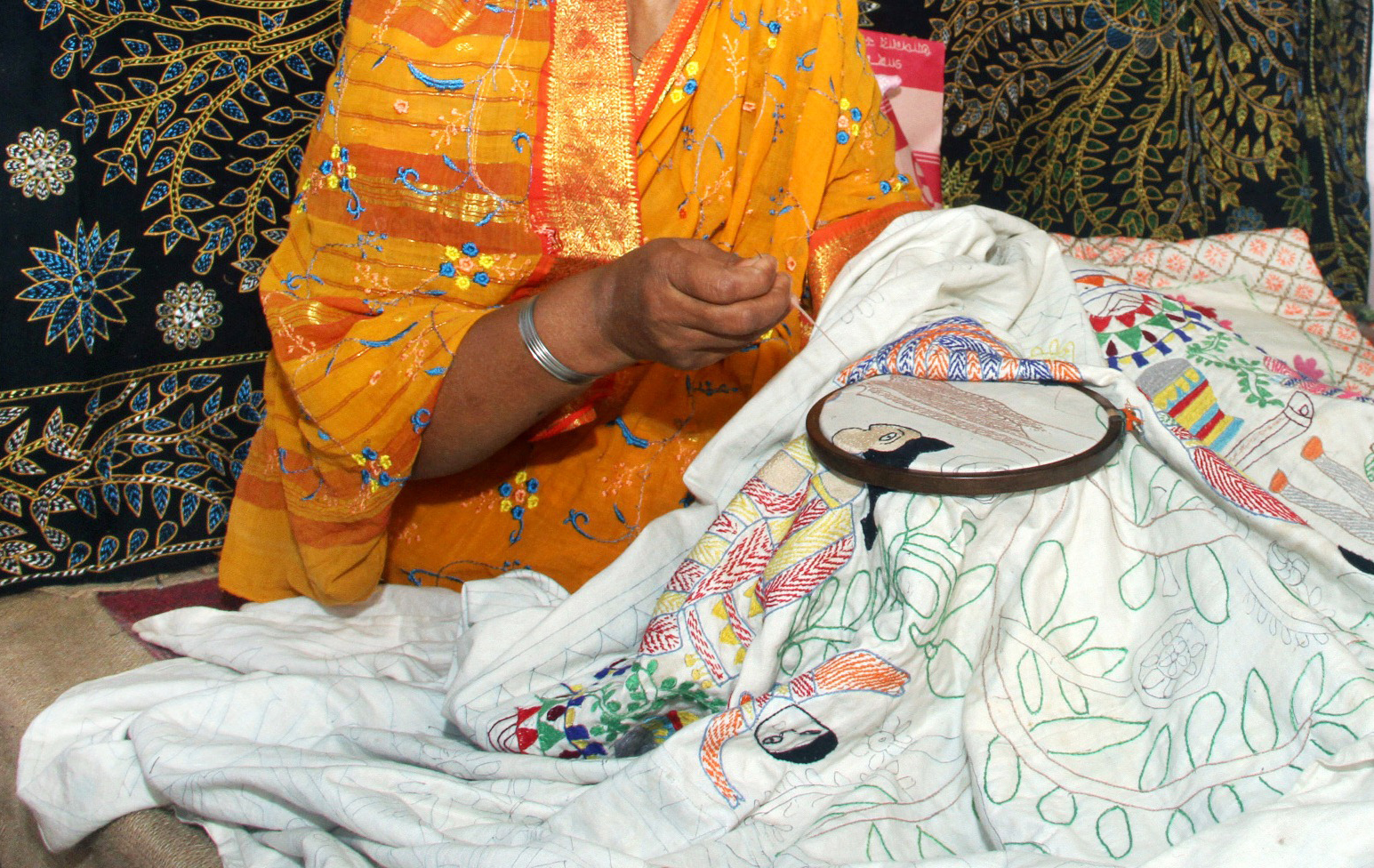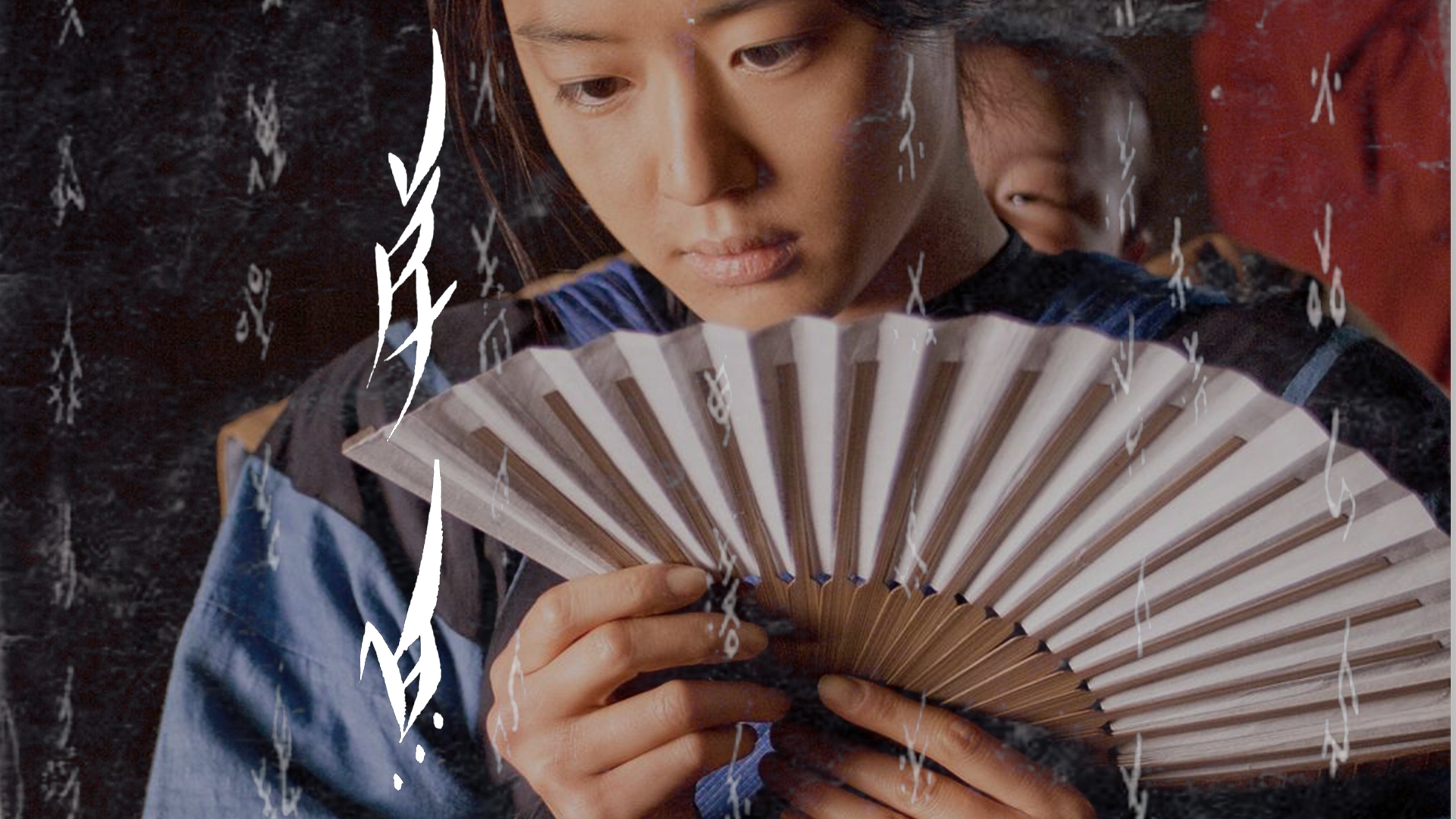In the early hours of 28th June, 1969, a riot broke out in Stonewall Inn near Manhattan, NYC. Over 500 people – drag queens, butch lesbians, transgender people, gay men, homeless youth – attacked the New York City Police who were harassing and beating up the queer patrons in the bar. By the next day, over a thousand people had joined the riots. For the first time, people had risen up against the oppressive anti-gay legal system and the institutions enforcing it. Stonewall changed the trajectory of LGBTQIA+ rights worldwide.
Exactly a year from that morning – on 28th June, 1970 – world’s first Pride Parade took place in New York City. Known then as the Christopher Street Liberation Day March – named after the street on which Stonewall is located – the parade began on Washington Place between Sheridan Square and Sixth Avenue and moved up Sixth Avenue, ending with a “Gay-In” in Central Park. 5000 people marched that day. This year, 50 years since Stonewall, over 3 million people will march to proclaim their pride.
The term “pride” came to be associated with LGBTQIA+ marches because of Craig Schoonmaker. He was part of the planning committee for the 1970 Christopher Street Liberation Day March. He says, “First thought was ‘Gay Power’. I didn’t like that, so proposed gay pride. There’s very little chance for people in the world to have power. People did not have power then; even now, we only have some. But anyone can have pride in themselves, and that would make them happier as people, and produce the movement likely to produce change”.
In India, the first Pride Parade was held in Kolkata on 2nd July 1999, called the Kolkata Rainbow Pride Walk.
In India, the first Pride Parade was held in Kolkata on 2nd July 1999, called the Kolkata Rainbow Pride Walk, it is also the oldest Pride march in South Asia. Even though it saw participation from other cities like Mumbai and Bangalore, there were still only about 15 participants in total – none of them women.
Also called the Friendship Walk, it is believed that the march was chosen to be held in Kolkata due to its rich history of, and close touch with, several human rights movements such as feminist, Dalit rights, rights of the disabled people, child rights, etc. This is similar to the reason why it makes sense that Stonewall happened so close to New York City and the fact that the first pride parade in the world was held there too – in the last years of the 1960s, New York was the seat of various movements, such as the civil rights movement and the anti-Vietnam war movement. This shows that Pride gains strength from its intersectionality. Another example is how Pride Parades in India tend to have discussions and demonstrations related to caste as well.
It has been 20 years since the 1999 Kolkata Rainbow Pride Walk. Today, Pride Parades are held in over 21 Indian cities.

Pride marches were being held exclusively in Kolkata in the years 1999, 2003, 2004 and 2005. In 2008, Bengaluru, Delhi and Puducherry held coordinated marches with Kolkata. It had participation from close to 2500 people. There have been disruptions by the BJP but mostly they ran smoothly. The then Prime Minister’s appeal in favour of LGBTQIA+ rights, along with the Delhi High Court’s ruling decriminalising homosexuality in 2009, was a major push forward.
Also read: The Intersectionality Of Chennai Rainbow Pride
Bengaluru’s pride parade, called Bengaluru Namma Pride March, has been held annually since 2008, mostly in December. It is preceded by a month of queer events, called Queer Habba. It is organised by Coalition for Sex Workers and Sexuality Minority Rights (CSMR). The Bengaluru pride parade is known to have participation from corporate companies like Goldman Sachs, Google, and IBM.
Delhi’s pride parade is held annually on the last Sunday of November. It starts at Barakhamba Road, makes a stop at Tolstoy Marg, and ends at Jantar Mantar. It is entirely community-funded and the organisers have consistently refused any corporate sponsorships. Delhi Queer Pride Parade also openly supports movements for Dalit rights, feminism, and disability rights. In 2018, over 5000 people participated.
The first pride parade in the North East was held in 2014 in Guwahati, Assam. It has since been held annually in the first week of February.
In 2009, another major pride parade started to be held, in Chennai. Called Chennai Rainbow Pride, it starts at Rajarathinam Stadium and is held annually in June, the Pride Month. It is organised under the banner Tamil Nadu Rainbow Coalition and there is a strict anti-corporate sponsorship rule that is implemented. The police were originally reluctant to give permission for the event but ultimately gave in. The event is also known as the Self-Respect March and saw the participation of close to a thousand people last year.
The first pride parade in the North East was held in 2014 in Guwahati, Assam. It has since been held annually in the first week of February. It came into being as a result of Guwahati’s participation in a Global Day of Rage observed in 2013 against the Supreme Court judgement that reinstated section 377 after the Delhi High Court overturned it in 2009. The 2017 march condemned severely the AFSPA and demanded its repeal. The latest edition of Queer Pride Guwahati took place on 3rd February, 2019.
Other major pride parades in India are the Hyderabad Queer Pride, Pride de Goa, Queer Gulabi Pride Jaipur, Bhopal Pride March and so on.
In 2017, pride parades all over India collectively condemned the proposed Transgender Persons Bill 2016 and Kolkata also observed Transgender Day of Rage on the same day as its march.
2018 was an especially jubilant year for pride parades in India as the draconian section 377 was struck down that year. The LGBTQIA+ community all over the country marched again as relatively freer citizens in 2018.
Here is a timeline of the pride parades held in India.

Also read: A Brief History Of The Pride Turban And The Importance Of Visibility Of Queer Sikhs
Featured Image Source: Milaap
About the author(s)
Hamsadhwani is a law student and anti-caste socialist feminist. Abolish the conditions that produce the prison.




